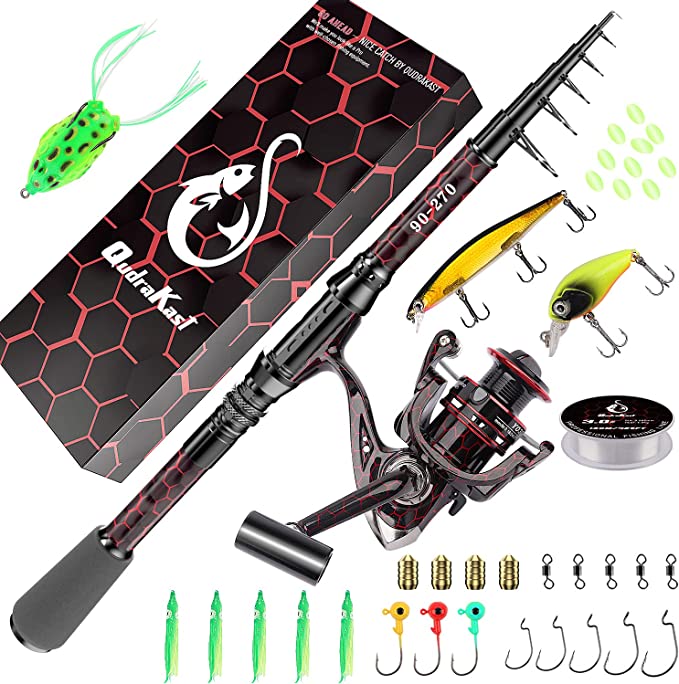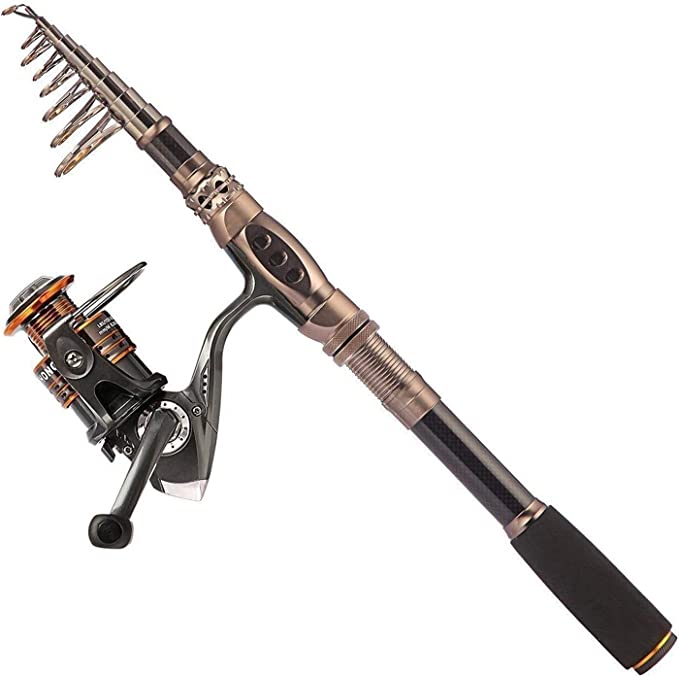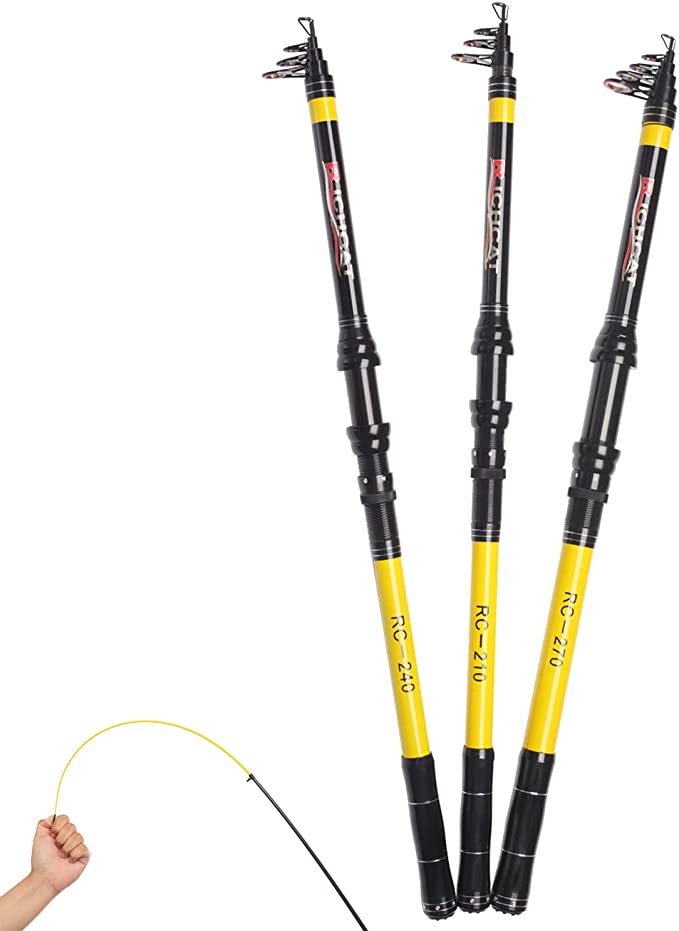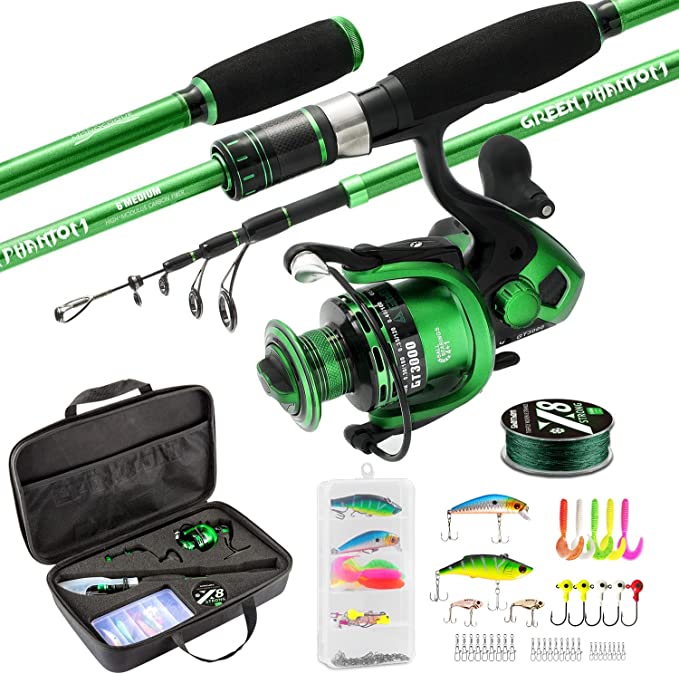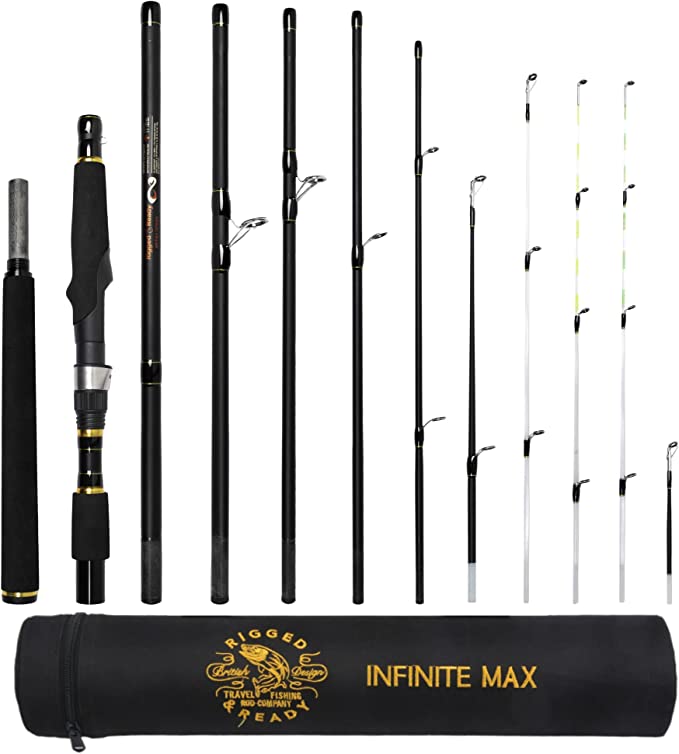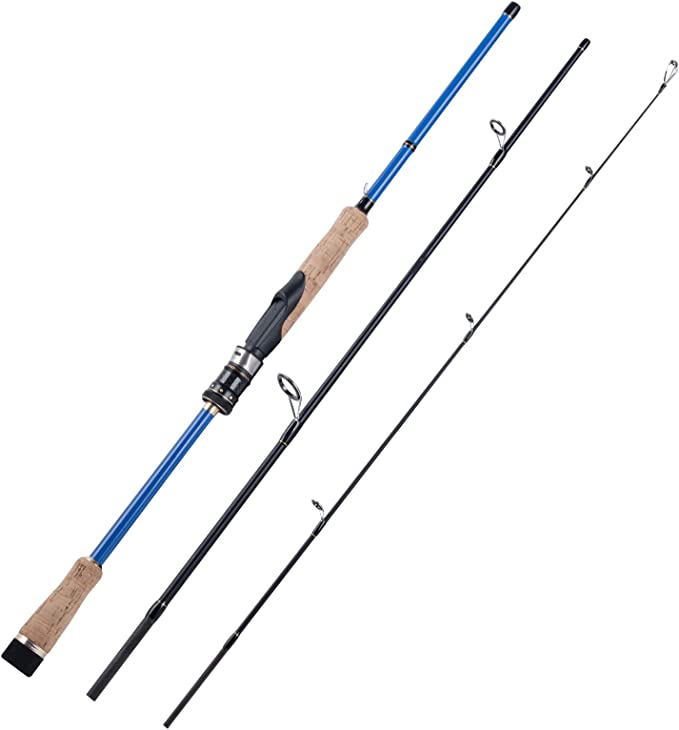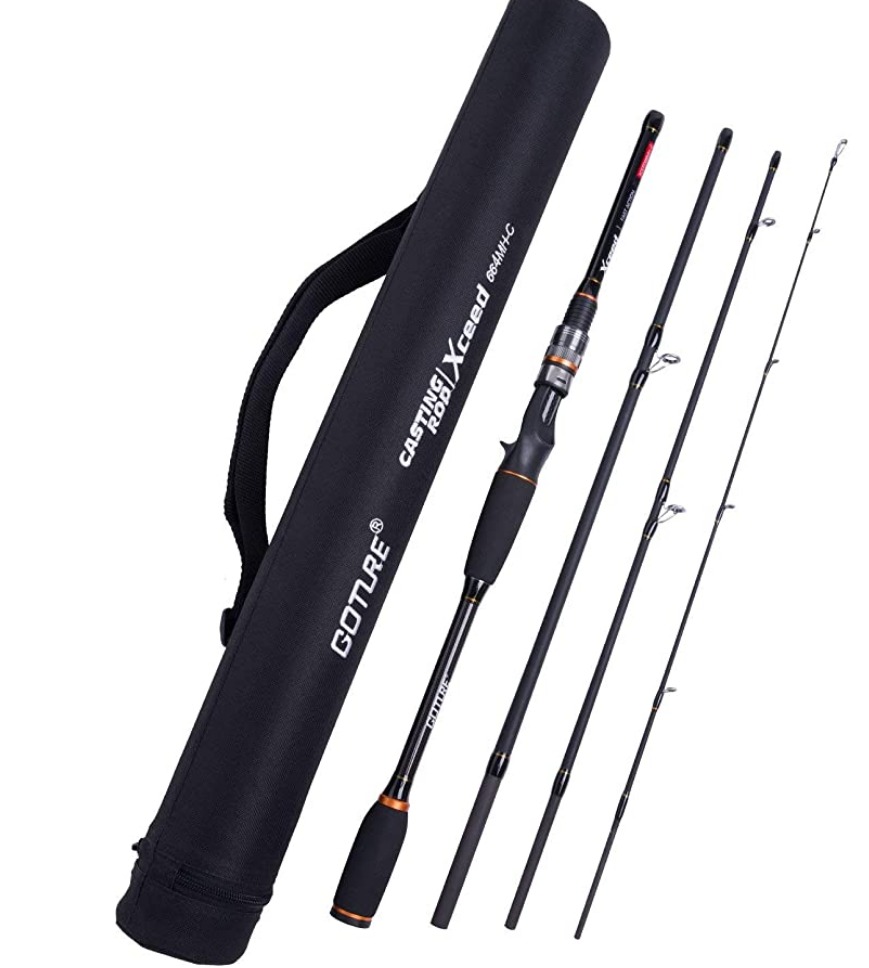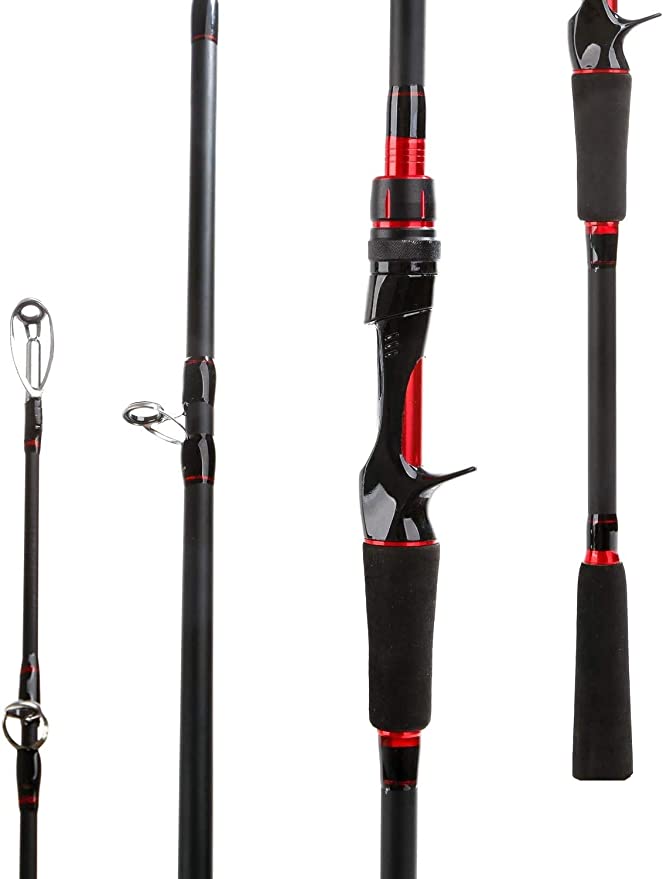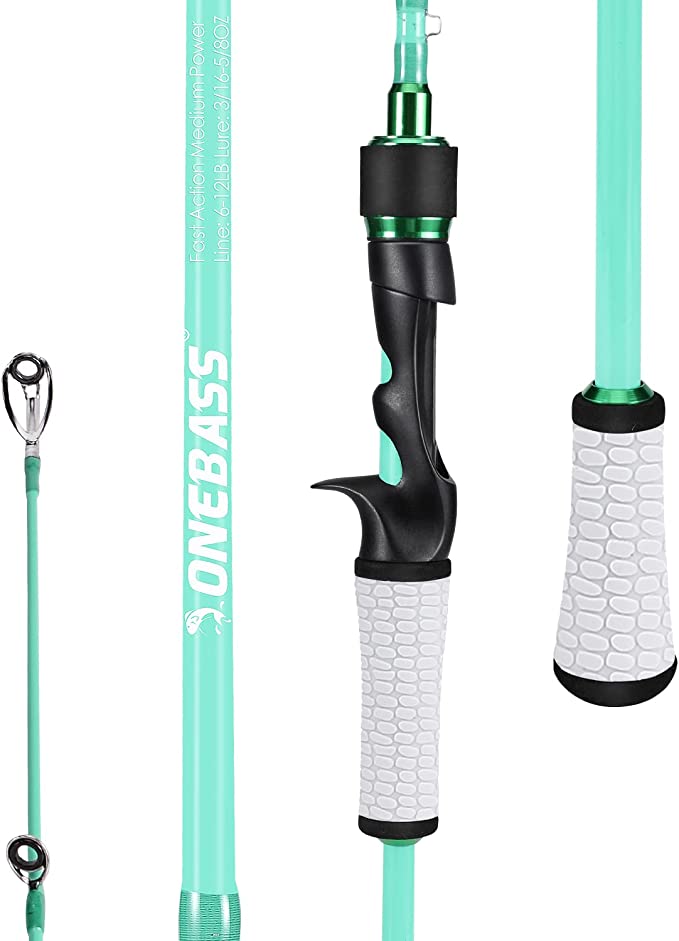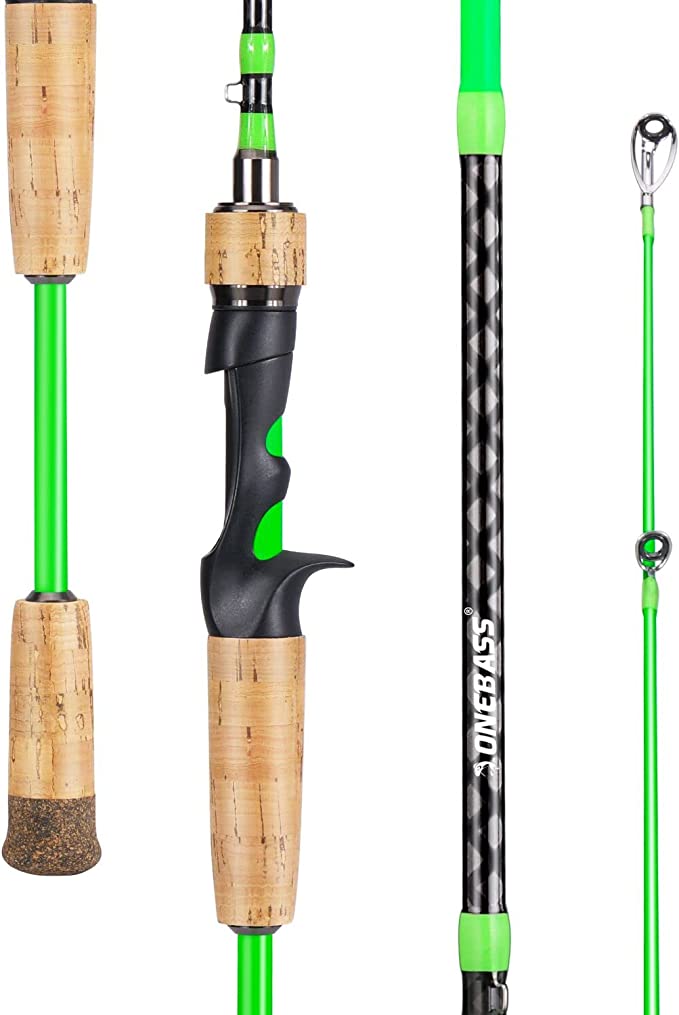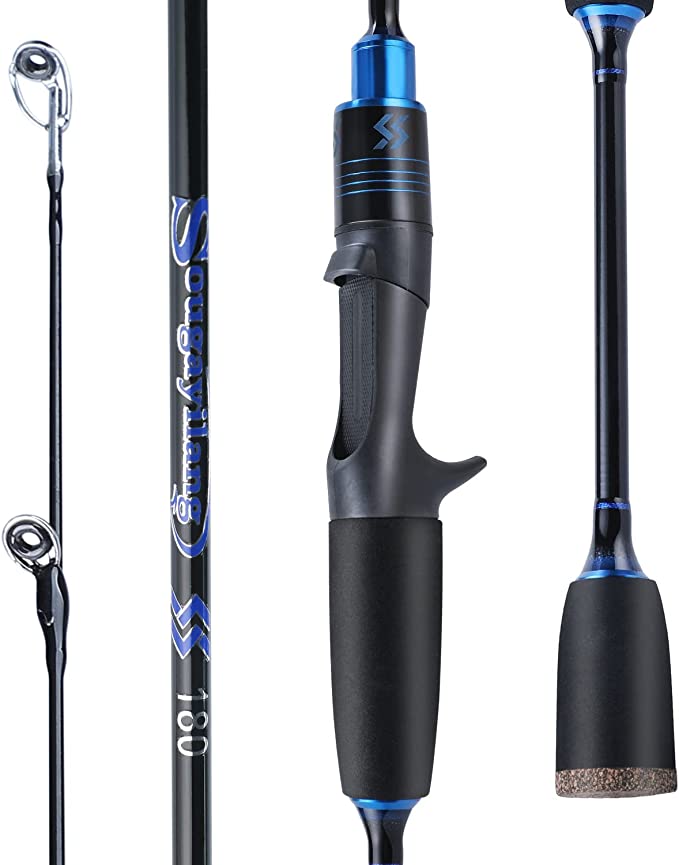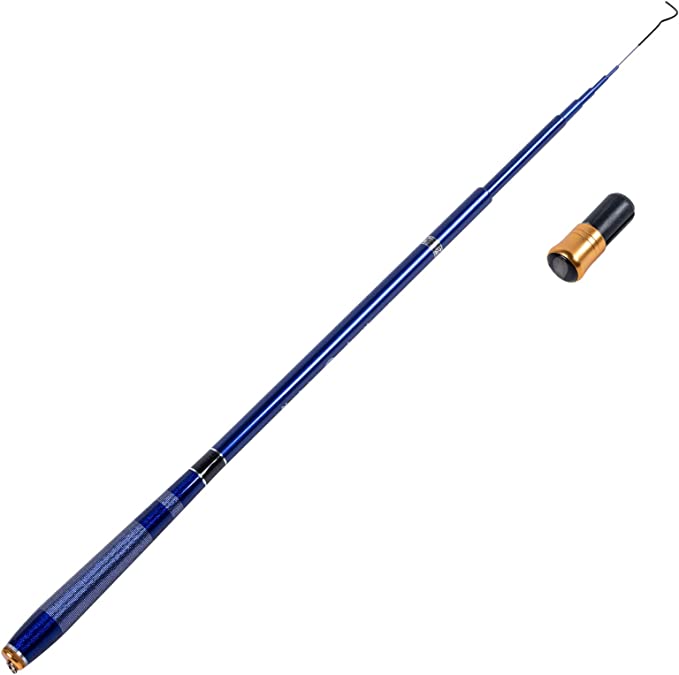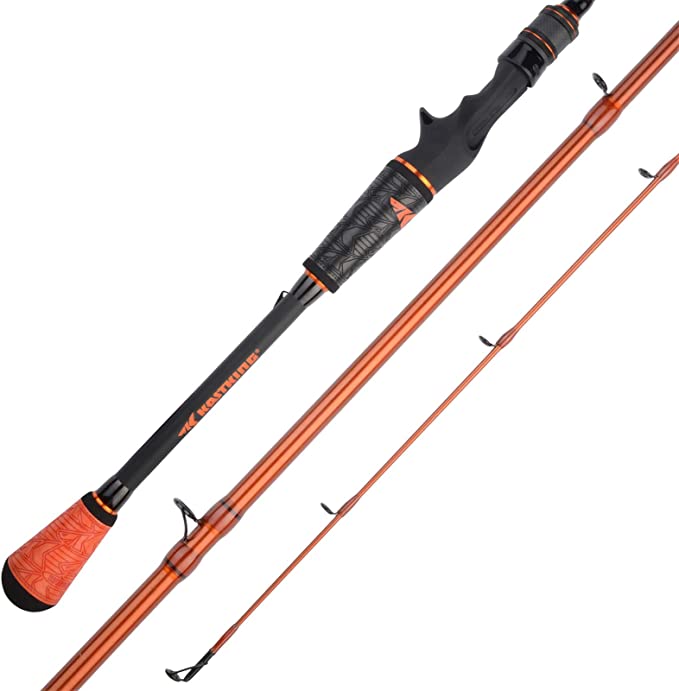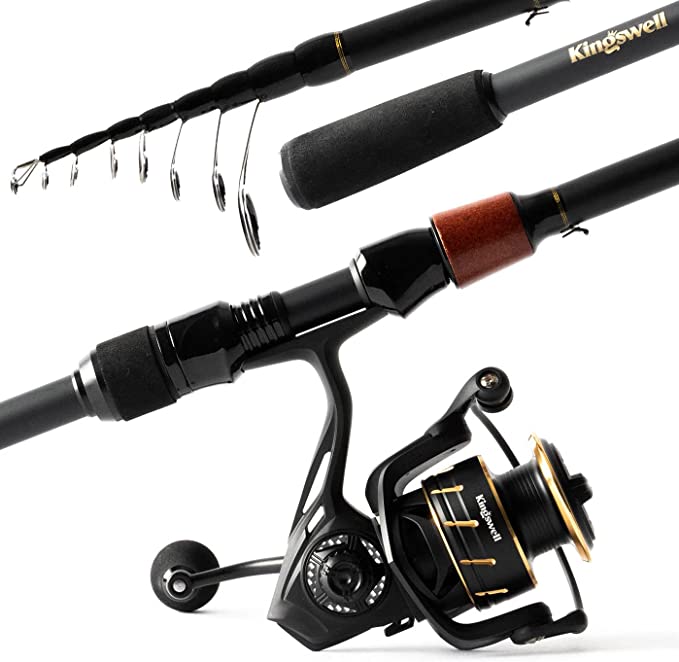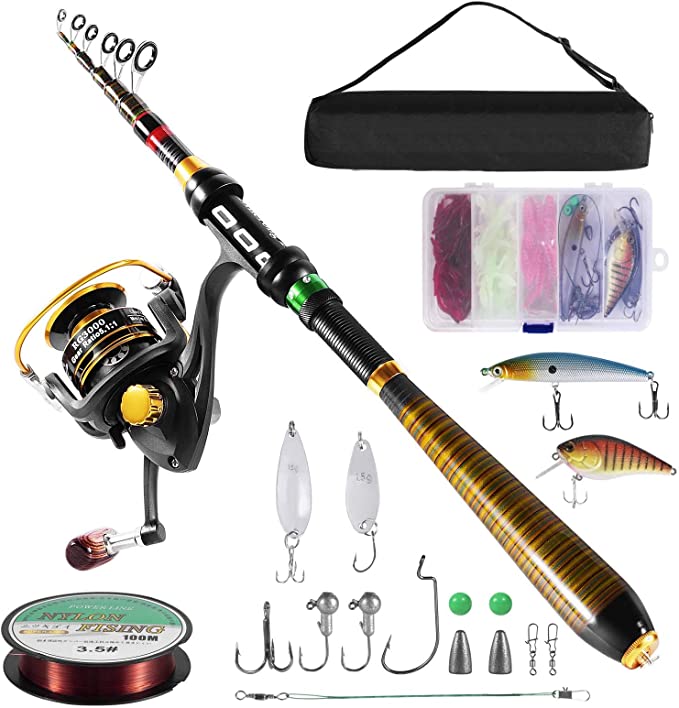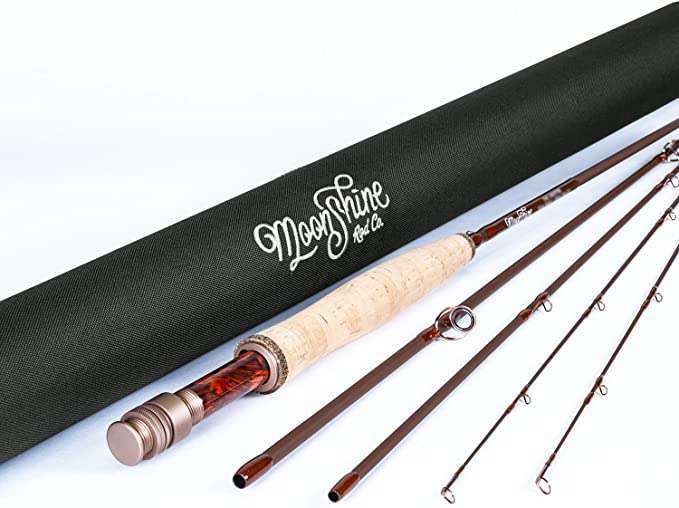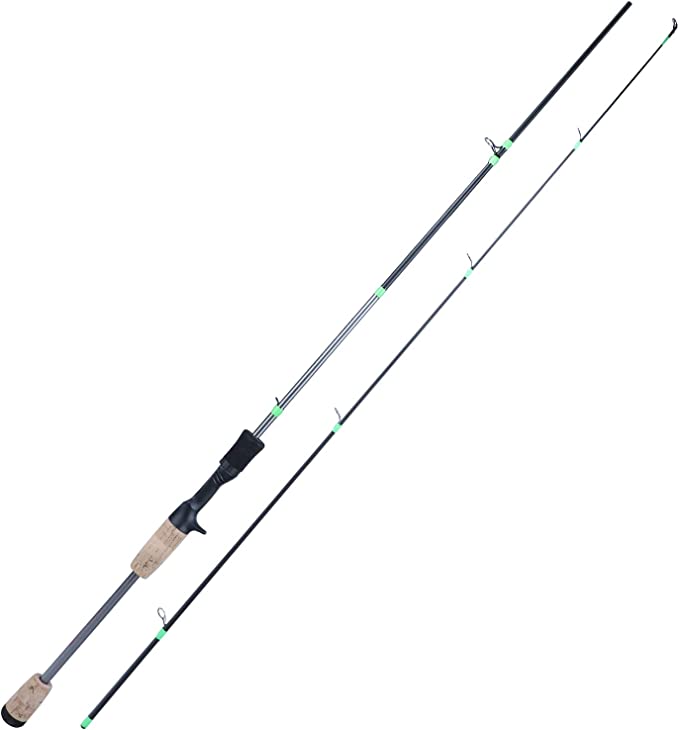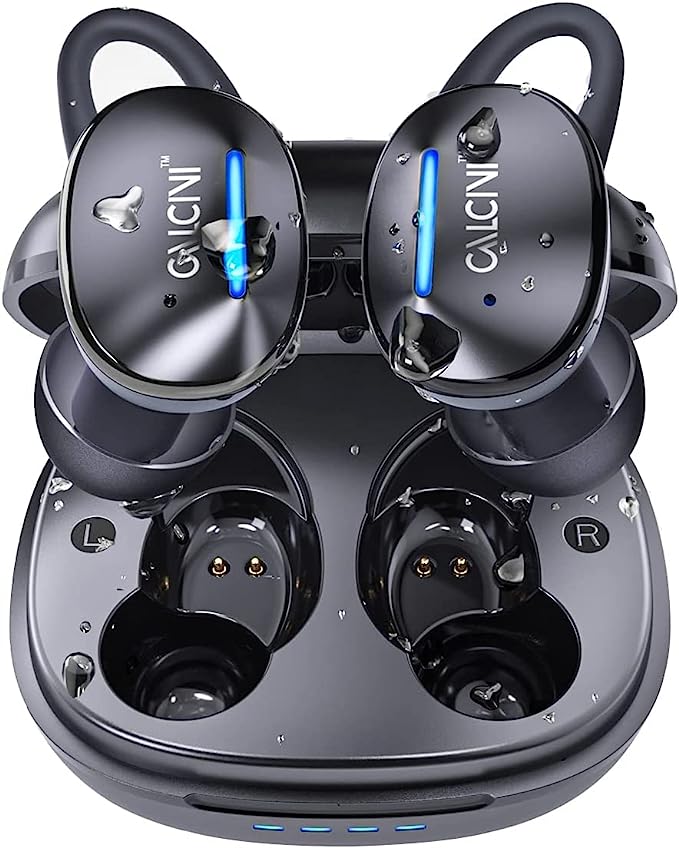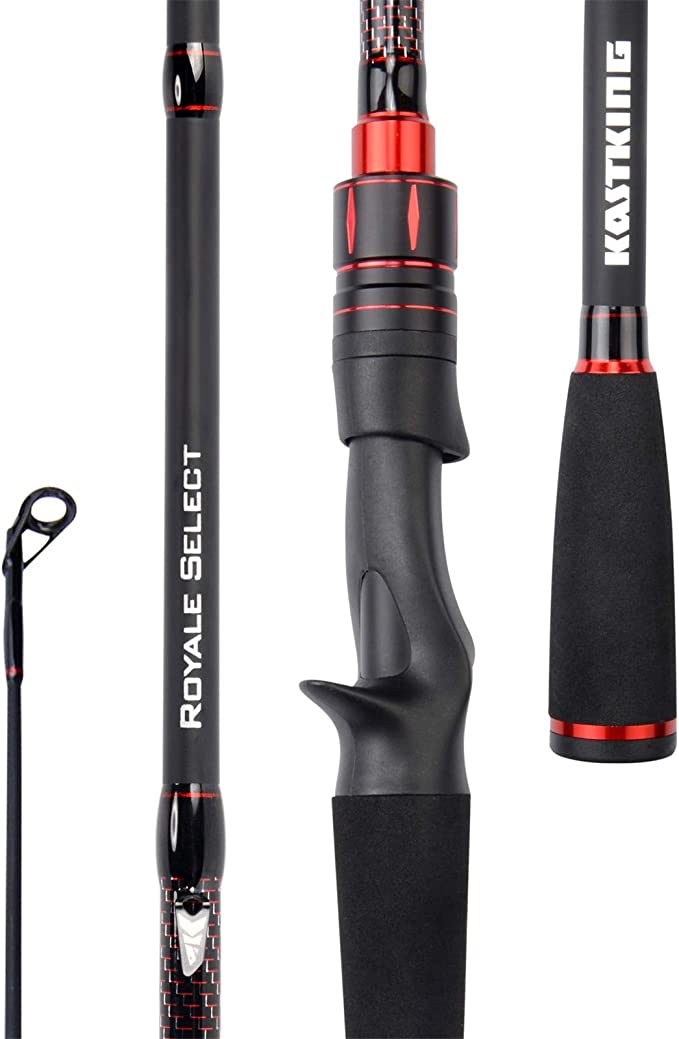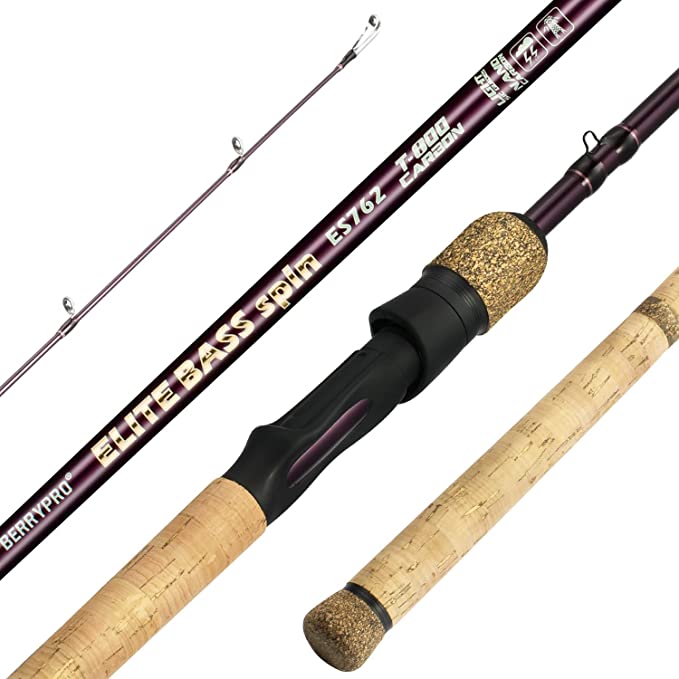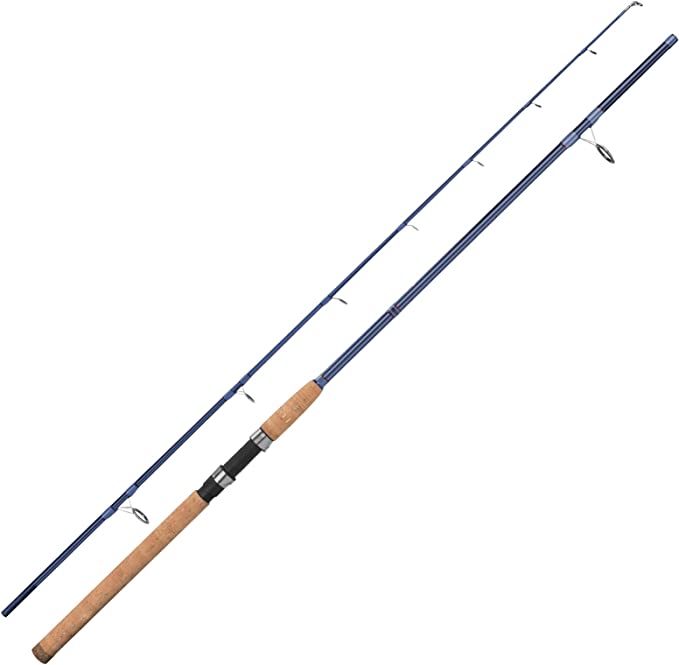CAPACI Portable Travel Rod: Your Pocket-Sized Fishing Companion for Adventures Anywhere
Update on June 13, 2025, 1:24 p.m.
There’s a particular ache familiar to anyone who fishes. It isn’t the satisfying soreness in your casting arm after a long day, but a sharp, quiet pang of regret. I felt it just last fall, driving along a forgotten forest service road high in the Cascade Mountains. Through a break in the Douglas firs, a sliver of impossible blue appeared—an alpine lake, unnamed on my map, its surface dimpled by the tell-tale rings of feeding trout. And my beautiful, eight-foot, one-piece Sage rod? It was sitting, safe and useless, in the garage 100 miles away. In that moment, the finest fishing rod in the world is worth less than the most basic one you actually have with you.
This is the central dilemma that has haunted anglers for over a century. It’s a story about a simple tool—a stick and a string—and our relentless quest to perfect it, not just for performance, but for the freedom to carry it with us. The modern, ultra-compact travel rod, like the six-piece CAPACI carbon fiber rod I now keep tucked in my hiking pack, isn’t a new idea. It’s just the latest chapter in a long, fascinating story of material science and engineering compromise.

The Echo of Artisans and the Dawn of an Idea
To understand a modern travel rod, you have to travel back to the late 19th century, to the workshops of men like Hiram Leonard. Before him, rods were often crude, heavy affairs. Leonard and his contemporaries were artisans who elevated rod-making into an art form, meticulously splitting and gluing six strips of Tonkin cane into a hexagonal shaft. These split cane rods were the first truly high-performance fishing tools. They were also, by necessity, multi-piece, joined by elegant nickel-silver ferrules. They were beautiful, responsive, and incredibly fragile—a gentleman’s tool for a planned excursion, not a rugged companion for an impromptu adventure. The dream of a portable, high-performance rod was born, but it was a delicate one.
The mid-20th century brought a revolution, not of craft, but of chemistry. Fiberglass, a child of World War II innovation, created rods that were the philosophical opposite of split cane: they were heavy, somewhat numb in the hand, but affordable and nearly indestructible. They democratized fishing, but they were a blunt instrument. The trade-off was clear: you could have portability and durability, but you sacrificed the sensitivity, the very soul of the rod. For decades, that was the accepted compromise.

Black Magic from the Sky
The next leap didn’t come from a babbling brook, but from the screaming hot crucible of the aerospace and defense industries. In the 1960s, engineers needed materials for jets and rockets that were stiffer and lighter than anything that existed. The answer was carbon fiber—a material of almost mythical properties. By baking polyacrylonitrile (a plastic polymer) fibers at extreme temperatures, they created filaments of nearly pure carbon that were, pound for pound, stronger and stiffer than steel.
For years, this “black magic” material was prohibitively expensive, reserved for military secrets and space missions. But as manufacturing scaled, it began to trickle down. And when it hit the fishing industry, it changed everything. It allowed for the creation of rods that were impossibly light, incredibly strong, and transmitted the faintest tremor of a fish’s breath up the line and into your hand. The travel fishing rod was reborn. A modern six-piece rod, built with 24-ton carbon fiber, is a direct descendant of this technological miracle. It attempts to do what was once thought impossible: to deliver the performance of a high-end tool with the convenience of something you can forget is in your bag.

Anatomy of a Modern Compromise
As a materials engineer, when I hold a rod like the CAPACI, I’m not just holding a fishing tool; I’m holding a bundle of calculated decisions. The term “24-ton carbon fiber” on its label is the key. It doesn’t mean the rod can lift a truck. It refers to the material’s tensile modulus—its stiffness.
Think of it like wood. A pine board is flexible and forgiving; you can bend it quite a bit before it snaps. This is like a lower-modulus carbon. An oak board, by contrast, is incredibly stiff and strong, but if you bend it past its limit, it fails suddenly and catastrophically. This is like a high-modulus (40-ton or higher) carbon fiber.
The choice of “24-ton” (a modulus of around 33-35 MSI, or million pounds per square inch) is a deliberate engineering choice. It’s the versatile poplar of the carbon world—not as feather-light or lightning-fast as the most expensive high-modulus materials, but significantly more durable and impact-resistant. For a travel rod destined to be knocked around in a backpack or car trunk, this forgiving nature isn’t a bug; it’s a critical feature.

But the carbon is only half the story. The true magic, and the source of most potential headaches, lies in the joints—the ferrules. A one-piece rod is a perfect, uninterrupted taper, a seamless conduit of energy. A six-piece rod has five potential points of failure. Making these joints work is an art of microscopic tolerances. Each male section must slide into its female counterpart so perfectly that they effectively vanish when the rod bends, transferring energy as if they were one.
This is where the user reviews for this rod become so enlightening. When a user is amazed at its “great feel,” it’s a quiet tribute to the precision of those ferrules. But when another user complains that the “rod has snapped” at a joint, or that the sections come loose after casting, they’re not just reporting a defect. They are describing the physical manifestation of this engineering challenge. The immense torque of a powerful cast will always try to twist the sections apart, and any microscopic imperfection can create a stress point. This is the delicate, razor’s edge on which every multi-piece rod is built.
Even the simple, comfortable EVA handle is part of this philosophy. It lacks the classic, poetic feel of cork, but it’s impervious to water, more durable, and provides a secure grip in any weather. It’s a pragmatic choice for a tool meant for rugged use, not for display.

The Wand Chooses the Wizard
So, is a six-piece, $27 travel rod as “good” as a $500, one-piece, high-modulus rod? By any objective performance metric, no. The one-piece rod will be lighter, more sensitive, and cast with more accuracy. But performance is relative. The travel rod offers a different, and perhaps more profound, kind of performance: the performance of being there.
Its purpose isn’t to win a casting competition. Its purpose is to be with you on that mountain road when you spot that impossible blue lake. It exists to turn a business trip layover into an hour of peace by an urban canal. The soul of this wand isn’t found in its tensile modulus or the precision of its ferrules. It’s found in its accessibility.
The greatest lesson fishing has taught me is that the real prize is the experience itself—the quiet observation, the connection to the wild, the brief, electric moment of a bite. The equipment is just the key that unlocks the door. And sometimes, the best key is not the most ornate or expensive one, but the one that fits in your pocket, ready for any door you might find.
